
Chemoment DIY Custom Silicone Molding Tray Dentist Dental Materi Putti Gold Grillz Mold Materials Teeth Impression Putty Kits

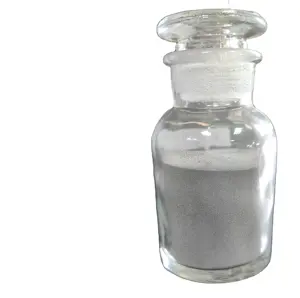
Customized Design High Strength AlSi10Mg 3d Printing Aluminum Alloy Powder For Automotive Manufacturing








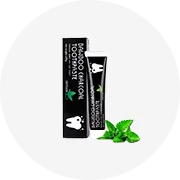

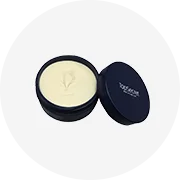

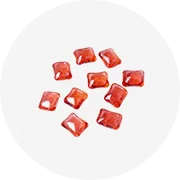


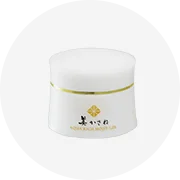
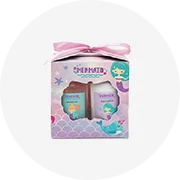


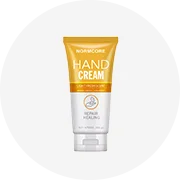

Dental alloy powder is a cornerstone material in the field of dentistry, utilized extensively for various restorative procedures. This category encompasses a range of metallic compounds designed to meet the rigorous standards of dental care.
Dental amalgam powder, a traditional restorative material, is known for its durability and ease of use. It typically contains a mixture of metallic elements, including silver and tin, which are combined with mercury to form a hard, stable filling. Alloy powder for dental use also includes dental silver alloy powder, which is prized for its antibacterial properties and longevity.
The primary application of dental alloy powder is in the creation of dental amalgams, commonly used for filling cavities. The versatility of these powders allows them to be adapted for various dental restorations, including crowns and bridges. The adaptability of amalgam alloy powder makes it a staple in dental clinics worldwide.
One of the significant features of dental amalgam powder is its resistance to corrosion and wear, which ensures long-lasting dental restorations. Additionally, the ease of manipulation and its ability to withstand high chewing pressures make it a reliable choice for practitioners.
Quality is paramount when it comes to materials used within the oral cavity. Dental alloy powders are formulated to meet specific particle size and composition standards, ensuring consistent performance. While the exact composition may vary, the focus on biocompatibility and safety remains constant across the range of dental alloys.
Selecting the appropriate amalgam alloy powder price points and compositions can be crucial for dental practices. Factors such as the type of restoration, the patient's oral environment, and the dentist's preference play a role in determining the most suitable alloy.